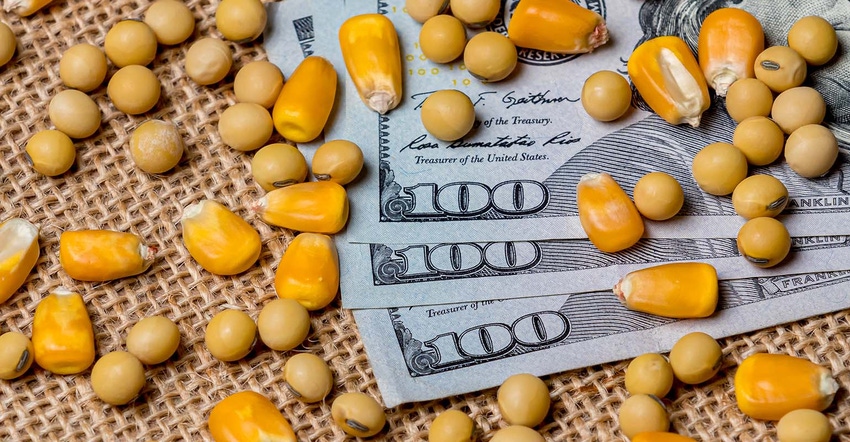
It is no secret that harvest basis usually forms seasonal lows, however, those seasonal tendencies have been amplified in the last couple of years. It is the job of the Chicago Board of Trade to perform price discovery, meaning it is always digesting the fundamental information of the market to determine the fair market price at any given time. Lately it seems that more of that discovery is being performed by the cash market versus the CBOT.
When the grain market plunged in June led by fund investors exiting their long positions based on macro-economic fears, we saw corn and beans give up $1.50 to $2.00 respectively in less than two weeks. What was less talked about it is how perhaps 80% of that loss was made back in the local basis in many areas.
Our current corn basis is $1.40 over CBOT and was $1.60 at one time. New crop basis is $0.40 under – so put another way – the new crop is selling at a $1.80 discount! Farmers need to avoid final cash sales at harvest like it was a strain of MonkeyPox.
We still owe 15% of our old crop. When prices receded and basis levels surged, we locked in our basis price at $1.60. So as CBOT prices recover, the basis began to erode. However, not for those bushels we locked in. We get to take that basis level with us. At one point, we could sell those remaining bushels for over $7.90 cash this week.
As we near harvest, we expect basis levels to continue to erode. We are already seeing that in some areas. Some buyers have reportedly switched from the September to the December contract. But our strategy is to focus on the long term, where we see continued price rebounds due to depressed ending stocks and a smaller U.S. crop.
End-users are hoping and praying that farmers will part with their cash grain at harvest time when basis is at its most vulnerable and they can scoop up your grain at a discount. Much of the forward contracting of crops is done at an unfavorable basis discount to the CBOT.
Boost your selling strategy
These are historically good risk management tools and shouldn’t be completely discarded. However, considering we are at historically high basis levels compels us to change our strategy and shift selling well into early 2023.
To be able to sell crops well, you need to be selling old crop, and not new crop. You do that by storing crops until those basis premiums emerge. Ideally, this is done with on-farm storage, but it may be one of those years where commercial storage is still worthwhile. A $1.60 change in basis can pay for storage pretty quickly.
You may say that why don’t we just sell the grain and buy call options. That works, in part. For those that cannot store, we suggest re-owning December 2023 corn, which we view as undervalued. However, you may miss out on potential for basis premiums which might not be completely reflected on the CBOT.
The only way to control the basis is to lock up favorable basis contracts when offered or maintain control of physical grain. We don’t see the bullish scenario changing enough going into 2023. I am still long corn, wheat and cotton.
Matthew Kruse is President of Commstock Investments. Subscribe to their report at www.commstock.com.
Futures trading involves risk. The risk of loss in trading futures and/or options is substantial and each investor and/or trader must consider whether this is a suitable investment. Past performance is not indicative of future results. Trading advice is based on information taken from trades and statistical services and other sources that CommStock Investments believes to be reliable. We do not guarantee that such information is accurate or complete and it should not be relied upon as such. Trading advice reflects our good faith judgment at a specific time and is subject to change without notice. There is no guarantee that the advice we give will result in profitable trades.
The opinions of the author are not necessarily those of Farm Futures or Farm Progress.
About the Author(s)
You May Also Like






